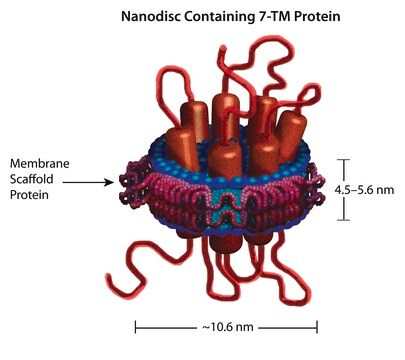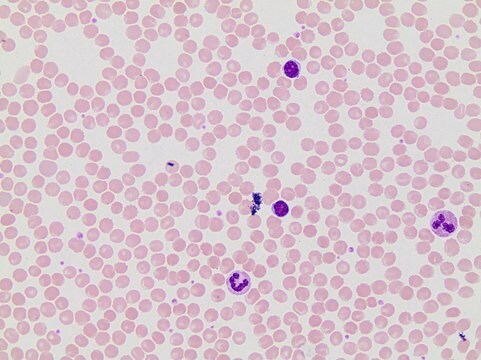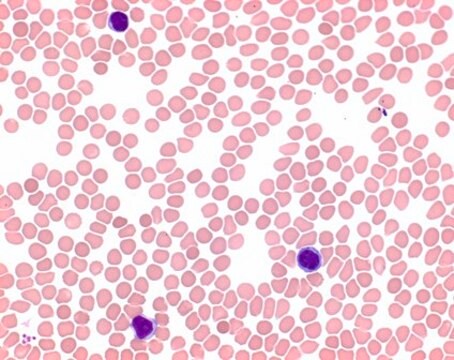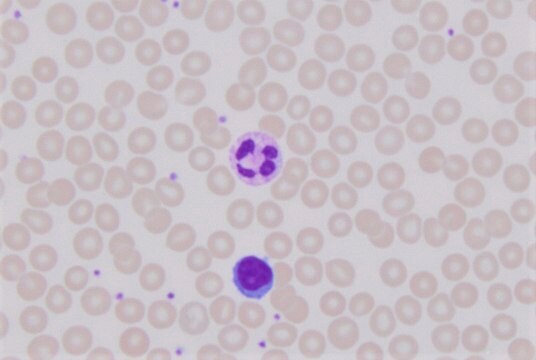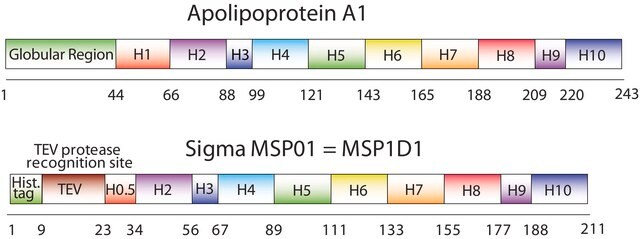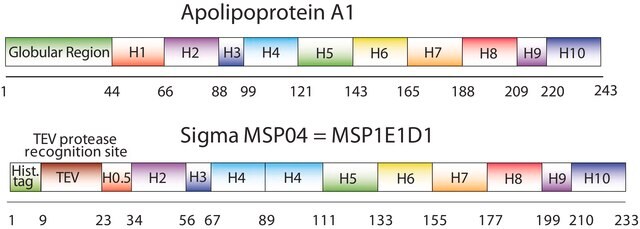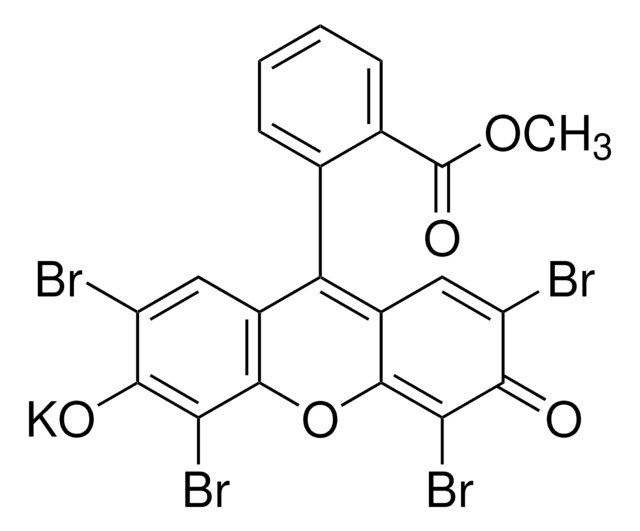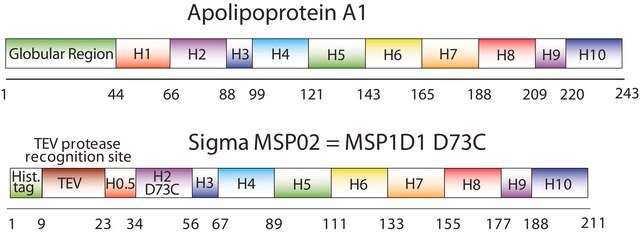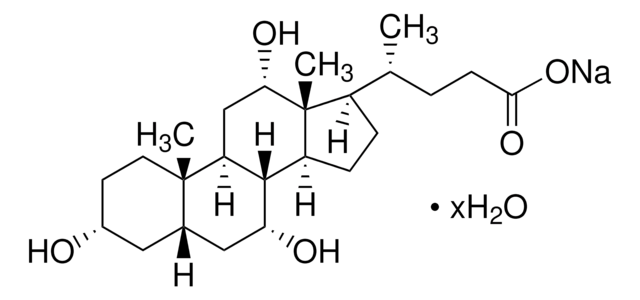MSP12
Membrane Scaffold Protein 2N2
recombinant, expressed in E. coli, MSP1D1-MSP1D2 fusion protein
Sinonimo/i:
Membrane scaffold protein
Autenticatiper visualizzare i prezzi riservati alla tua organizzazione & contrattuali
About This Item
Codice UNSPSC:
12352200
NACRES:
NA.26
Prodotti consigliati
Ricombinante
expressed in E. coli
Livello qualitativo
Saggio
≥90% (SDS-GE)
Stato
buffered aqueous solution
PM
45,541.2 Da
Solubilità
water: soluble
Condizioni di spedizione
ambient
Temperatura di conservazione
−20°C
Descrizione generale
Research area: Cell Struc
The first MSP, MSP1, was engineered with its sequence based on the sequence of A-1 but without the globular N-terminal domain of native A-1. The Membrane Scaffold Protein 1D1 (MSP1D1) variant of MSP1 deletes the first 11 amino acids in the Helix 1 portion (referred to as “H0.5” in the accompanying figure) of the original MSP1 sequence. Membrane Scaffold Protein 2N2 (MSP 2N2) is a fusion of MSP1D1 and another MSP variant, MSP1D2. MSP1D2 deletes the first 22 amino acids of the original MSP sequence (i.e. the entire H1 segment). In MSP2N2, a GT linker connects MSP1D1 and MSP1D2.
Nanodisc technology is an approach rendering membrane proteins soluble in aqueous solutions in a native-like bilayer environment, where the membrane proteins remain stable and active. The Nanodisc concept is derived from high-density lipoprotein (HDL) particles and their primary protein component, apolipoprotein. The Nanodisc is a non-covalent structure of phospholipid bilayer and membrane scaffold protein (MSP), a genetically engineered protein that mimics the function of Apolipoprotein A-1 (ApoA-1).
The first MSP, MSP1, was engineered with its sequence based on the sequence of A-1 but without the globular N-terminal domain of native A-1. The Membrane Scaffold Protein 1D1 (MSP1D1) variant of MSP1 deletes the first 11 amino acids in the Helix 1 portion (referred to as “H0.5” in the accompanying figure) of the original MSP1 sequence. Membrane Scaffold Protein 2N2 (MSP 2N2) is a fusion of MSP1D1 and another MSP variant, MSP1D2. MSP1D2 deletes the first 22 amino acids of the original MSP sequence (i.e. the entire H1 segment). In MSP2N2, a GT linker connects MSP1D1 and MSP1D2.
Nanodisc technology is an approach rendering membrane proteins soluble in aqueous solutions in a native-like bilayer environment, where the membrane proteins remain stable and active. The Nanodisc concept is derived from high-density lipoprotein (HDL) particles and their primary protein component, apolipoprotein. The Nanodisc is a non-covalent structure of phospholipid bilayer and membrane scaffold protein (MSP), a genetically engineered protein that mimics the function of Apolipoprotein A-1 (ApoA-1).
Applicazioni
Membrane Scaffold Protein 2N2 has been used in enzyme-linked immunosorbent assay (ELISA) and for reconstitution of human β3 homopentameric gamma-aminobutyric acid type A receptor (GABAAR) in nanodiscs.
Azioni biochim/fisiol
Scaffold proteins play a crucial role in providing specificity to the mitogen-activated protein kinase (MAPK) pathway, which is essential for normal cellular functions and development. They help regulate the localization of MAPK components, allowing for targeted modulation of cellular responses without affecting global MAPK activity.
Note legali
Nanodisc technology, and many of its uses, are covered by the following patents held by the University of Illinois.
- 7,691,414 Membrane scaffold proteins
- 7,662,410 Membrane scaffold proteins and embedded membrane proteins
- 7,622,437 Tissue factor compositions and methods
- 7,592,008 Membrane scaffold proteins
- 7,575,763 Membrane scaffold proteins and tethered membrane proteins
- 7,083,958 Membrane scaffold proteins
- 7,048,949 Membrane scaffold proteins
Codice della classe di stoccaggio
12 - Non Combustible Liquids
Classe di pericolosità dell'acqua (WGK)
WGK 2
Punto d’infiammabilità (°F)
Not applicable
Punto d’infiammabilità (°C)
Not applicable
Scegli una delle versioni più recenti:
Possiedi già questo prodotto?
I documenti relativi ai prodotti acquistati recentemente sono disponibili nell’Archivio dei documenti.
I clienti hanno visto anche
Tomasz Uchański et al.
Nature methods, 18(1), 60-68 (2021-01-08)
Nanobodies are popular and versatile tools for structural biology. They have a compact single immunoglobulin domain organization, bind target proteins with high affinities while reducing their conformational heterogeneity and stabilize multi-protein complexes. Here we demonstrate that engineered nanobodies can also
Protocolli
Protocols for Membrane Scaffold Proteins and Nanodisc Formation
Il team dei nostri ricercatori vanta grande esperienza in tutte le aree della ricerca quali Life Science, scienza dei materiali, sintesi chimica, cromatografia, discipline analitiche, ecc..
Contatta l'Assistenza Tecnica.
